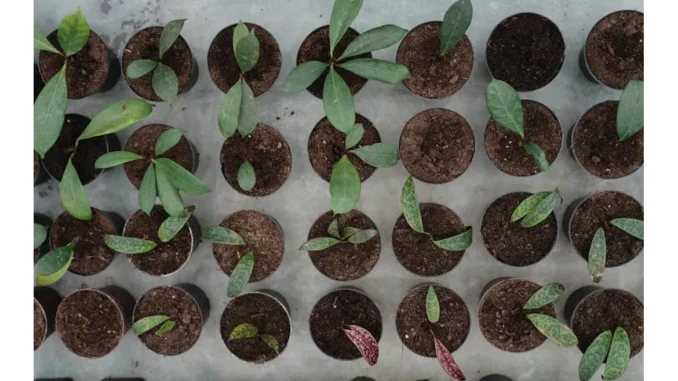
As the world increasingly embraces sustainable construction practices, the demand for innovative materials such as Glass Fiber Reinforced Concrete (GFRC) is on the rise. This composite material, known for its robustness and lightweight properties, is revolutionising the construction industry by offering a sustainable alternative to traditional concrete. With the global GFRC market projected to expand from $3.51 billion in 2023 to $6.65 billion by 2028, reflecting a compound annual growth rate (CAGR) of 13.7%, the significant role GFRC is expected to play in the future of construction cannot be overstated.
Successful low-energy building design hinges on careful planning. Focus360 Energy can help.
One of the primary growth drivers of the GFRC market is the increasing emphasis on green building practices. Modern buildings are prioritising energy efficiency, resource conservation, and environmental responsibility, making GFRC an ideal material due to its sustainable attributes. According to the World Green Building Council, by 2030, all new constructions are expected to have at least 40% less embodied carbon compared to existing structures. This shift towards sustainability is generating robust demand for GFRC, which is favoured for its reduced environmental impact and compatibility with energy-efficient building designs.
The rapid pace of urbanisation and infrastructure development worldwide is another key factor fuelling the growth of the GFRC market. As cities expand and new infrastructures are constructed, there is a growing need for materials that offer both durability and flexibility in design. GFRC, with its capability to be moulded into various shapes and its resilience to harsh weather conditions, is becoming a preferred choice for architects and builders. This trend is particularly evident in fast-growing regions like Asia-Pacific, projected to be the fastest-growing market for GFRC during the forecast period owing to substantial development in countries such as China and India.
Technological advancements in manufacturing processes are further enhancing the appeal of GFRC. The integration of 3D printing technology, for instance, is revolutionising the production of GFRC components. Companies can now create complex and customised designs with greater precision and efficiency. The world’s first 3D-printed GFRC facade, developed by Branch Technology for the Tennessee Valley Federal Credit Union, exemplifies the transformative potential of this technology on architectural design. Furthermore, the integration of fibre optics and lighting into GFRC components is an emerging trend that allows the creation of dynamic and interactive building facades, adding an intriguing dimension to architectural design.
To capitalise on this burgeoning demand, major companies in the GFRC market are pursuing strategic partnerships. These collaborations enable firms to leverage each other’s strengths and resources, enhancing their product offerings and expanding market reach. For instance, the partnership between Smart Engineering and Econcretus to design and manufacture GFRC parts for the Diagonal 0 building in Barcelona highlights the advantages of such alliances in driving market growth. Companies like Ultratech Cement Ltd., Formglas Products Ltd., and Willis Construction Co. Inc. are actively investing in research and development to enhance the properties of GFRC and expand its applications, further solidifying their market positions.
However, the GFRC market is not without its challenges. The high cost of raw materials and the complexity of manufacturing processes can pose barriers to widespread adoption. Yet, as technology advances and economies of scale are realised, these challenges are likely to diminish. Moreover, the increasing focus on sustainable construction presents significant opportunities for GFRC manufacturers to innovate and expand their market presence.
As the GFRC market advances, it is poised to play an instrumental role in the future of sustainable construction. Its unique combination of strength, durability, and environmental benefits positions it well to meet the demands of modern construction practices. The ongoing trends in urbanisation and the global push for green building practices offer promising investment opportunities for those looking to be at the forefront of this construction revolution. The coming decade will be pivotal in shaping the landscape of construction materials, with GFRC expected to spearhead this transformation, offering innovative solutions for sustainable building practices. As the market evolves, stakeholders have the opportunity to harness the trends and technologies shaping the future of construction materials, positioning themselves for success in this rapidly expanding field.


Be the first to comment